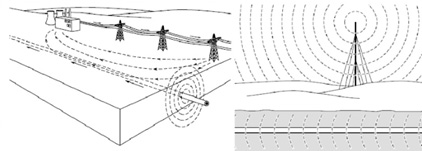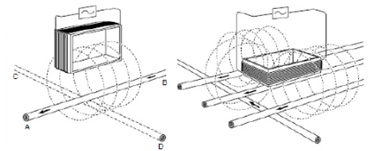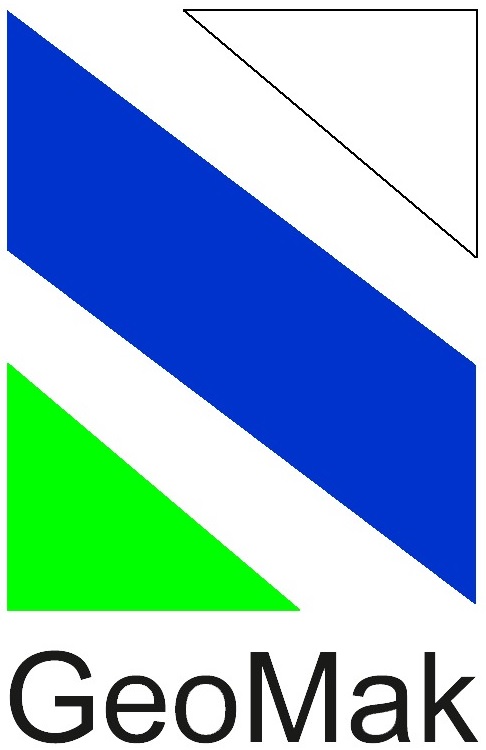A survey of the underground services affecting the project area and detection of the position and depth of all buried lines was conducted using a combination of the following techniques:

a) Passive Detection
Detection of the power signal radiated by loaded electric power cables and on nearby conductors. This is the signal that occurs naturally on a buried metal pipe or cable (e.g. 50/60Hz energy of VLF radio energy) used for locating unknown lines in a search area. Can be used in either power mode (to detect the 50/60Hz energy present on buried cables and other lines) or radio mode (to detect buried lines as they re-radiate very low frequency radio energy). The signal emitted by the target line forms a cylindrical shape around the line which can be detected by the receiver. It is suitable for the detection of most metal pipes and cables.

b) Active Detection
Detection of the signal originating from distant radio transmitters or a signal applied to a line using a transmitter that penetrates the soil and is re-radiated by buried conductors. The transmitter is used to apply an easily identified signal to a target line for it to be traced, identified and pin-pointed using the receiver. The transmitter can be connected directly to the target line or (if not accessible) can be set approximately above the target line. It is suitable for the detection of most metal pipes and cables.
The transmitter can either be used for:
a) Direct connection to a Transmitter, or
b) Induction.
Direct connection involves the application of an active signal to a conductor using a clamp.


